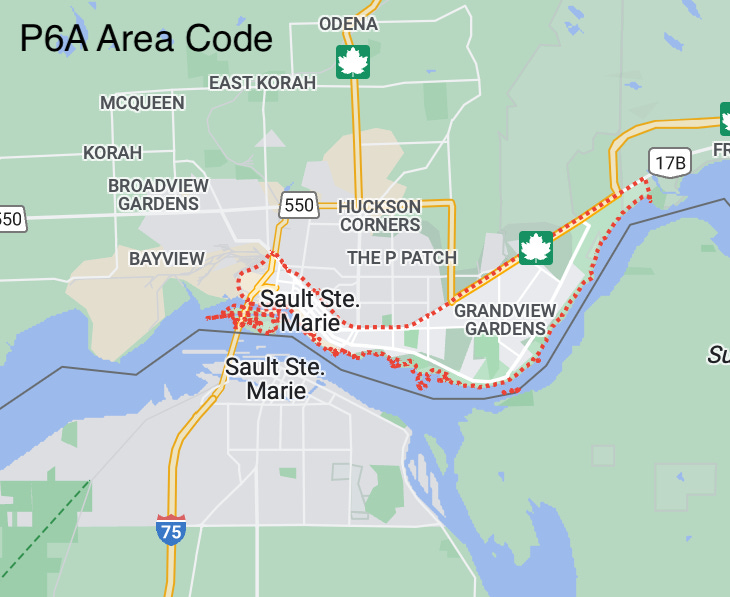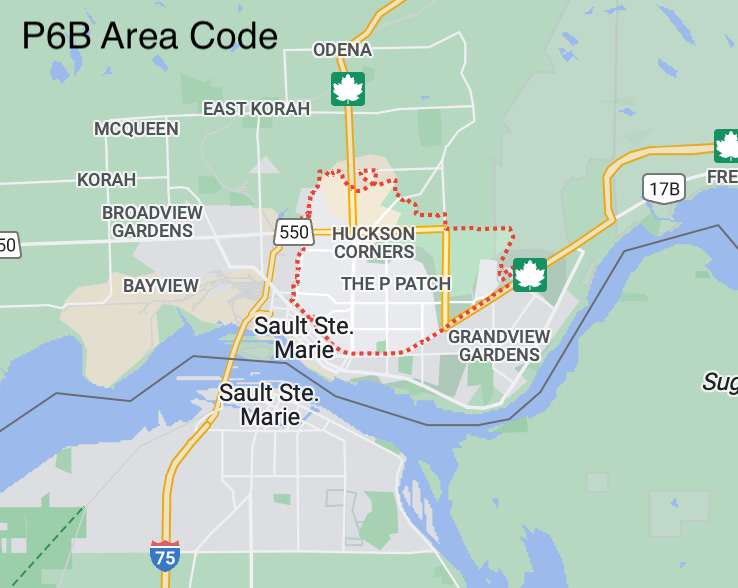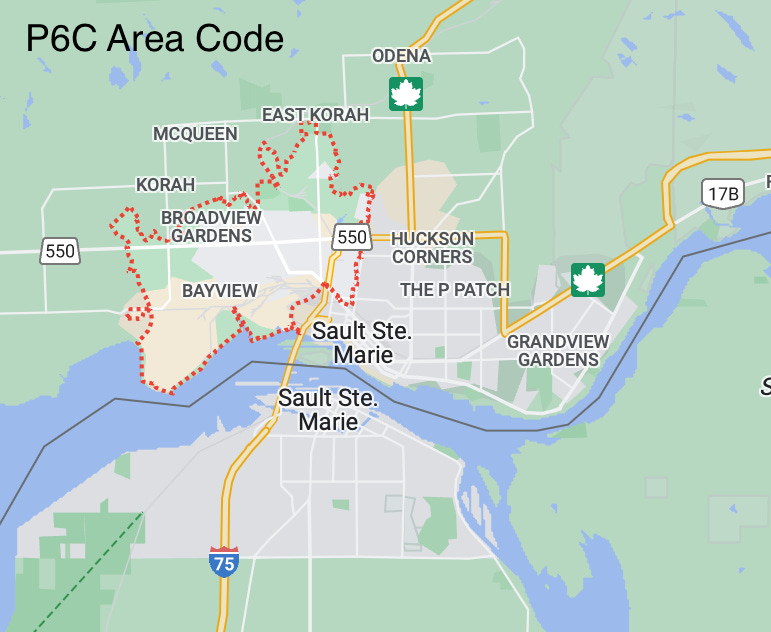New Stats on Sex Offenders in Sault Ste. Marie
After researching and writing the story about the woman who unravelled the Ken Deluca affair, Karen Pietkiewicz, several readers of this newsletter reached out with other incredible stories.
They told me about instances of sexual abuse that they thought were swept under the rug, or where perpetrators weren’t properly held accountable by the justice system or community at large.
These stories brought to mind an arduous freedom of information battle waged by Global News against the Ontario government around a decade ago.
In a nutshell, Global News requested aggregate statistics related to registered sex offenders.
They wanted a list of those registered along with their postal code in order to create an interactive map to see if there were clusters or any other observable phenomena revealed by the statistics. Importantly, they didn’t ask for any identifying information.
The Ontario government refused. Global News persisted for six years and eventually prevailed. The case even led to a resounding decision from the Supreme Court, and another good news precedent for the public right to know.
Ontario’s (then) Information and Privacy Commissioner, Ann Cavoukian, was scathing when speaking to Global News on the resolution of the case:
Why would they then waste taxpayer dollars to appeal it to the Supreme Court of Canada, knowing that the likelihood of success was very limited, given the previous two decisions, and the fact that we’ve been given deference by the lower courts?
My curiosity kicked in: how many registered sex offenders live in Sault Ste. Marie?
A freedom of information request to Ontario’s Ministry of the Solicitor General reveals some of those statistics.
In total, there are currently 151 registered sex offenders in the three major postal codes that make up Sault Ste. Marie (P6A, P6B, and P6C).
If the city’s population is 75,000, that means that roughly 1 in every 500 people is a registered sex offender.
Here are the statistics broken down by each of the three postal codes (with some help from Google Maps).
P6A Area Code: 80 Registered Sex Offenders (approximately 53% in total)
P6B Area Code: 35 Registered Sex Offenders (approximately 23% in total)
P6C Area Code: 36 Registered Sex Offenders (approximately 24% in total)
Occasionally, local residents will post their own public service announcements online about sex offenders in the community.
When asked if the public is notified of sexual offenders and if there are polices related to community advisories, the Manager of Corporate Communications, Planning and Research at the Sault Police, Lincoln Louttit, offered some additional details:
There is a Sault Policy that provides guidance on when details of a registered sex offender can be released to the public. These instances are rare, and do not take place often across the province. There has to be evidence to believe there is a strong possibility the person being released from custody will re-offend.
Although recidivism for sexual offences is comparatively low and these crimes typically include those known to perpetrators, gruesome and high-profile incidents have led to calls for a publicly accessible sex offender registry in Canada.
Presently, Ontario’s registry is only available for the investigative purposes of police.
New legislation introduced by the federal Conservative party would see increased monitoring of those registered federally and extend the time period of registration.
As I write this, a Sault man (with a lengthy history of sexual violence) was sentenced to eight years for horrific acts of intimate partner violence.
And another man was arrested and charged with child pornography offences (who was previously convicted of similar offences). The most recent charges have not yet been tested in court.





